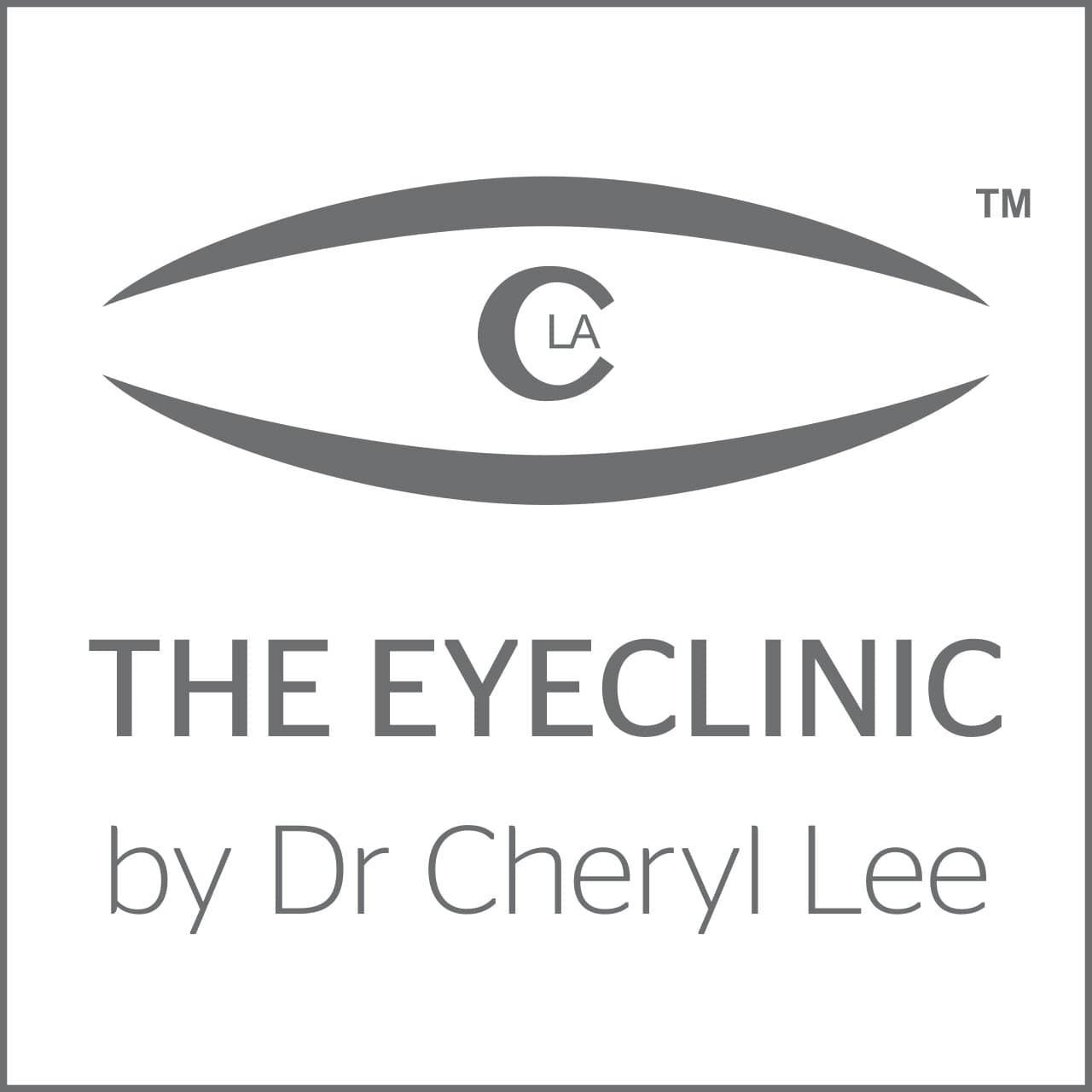When Should Adults and Children have an eye check
Regular eye checkups are crucial for maintaining good vision and overall eye health. Both adults and children can encounter various vision issues, and early detection is key to effective treatment. But when should you schedule an eye exam? This article will guide you through the recommended timelines and signs that indicate when an eye checkup is necessary for both adults and children.
Importance of Eye Checkups
Eye checkups are important for everyone, not just for those who wear glasses or contact lenses. Many eye conditions can develop without noticeable symptoms, making regular exams essential. Regular exams can help spot problems, such as:
Glaucoma: What is Glaucoma? it is not just measuring the eye pressure. More here.
Cataracts: Did you know the first sign of cataract is presbyopia? more here
Systemic diseases: Conditions like diabetes can also impact vision, More here
Regular eye exams not only help detect these conditions but also ensure your prescription is up to date, which is vital for optimal vision.
Recommended Eye Exam Schedule for Children
Infants and Toddlers
The American Academy of Ophthalmology advises that infants have their first eye exam around six months of age. This early checkup can identify potential issues with eye alignment or vision development. For example, about 1 in 10 children may have a vision problem that can affect their learning.
Preschool Age
Children should have another eye exam between the ages of three and five. This is a critical period for visual development, and early detection of problems can lead to more effective treatment. For instance, eye conditions like amblyopia (often called "lazy eye") can usually be corrected more easily if caught early. Singapore has the highest percentage of children with myopia I would check the prescription and more importantly teach habits to PREVENT myopia.
School Age
Once children reach school age, it is recommended that they have an eye exam every year. Vision plays a significant role in a child's ability to learn. A study found that 80% of what a child learns in school is through their eyes. Therefore, undiagnosed vision problems can lead to significant learning difficulties. Myopia is irreversible so control it (read more here) before it gets worse and for sure it will get worse if you continue with bad eye habits and wear normal glasses That is a NO NO. (what are myopia control glasses?)
Signs That Your Child Needs an Eye Exam
While regular checkups are crucial, parents should also be on the lookout for signs indicating a need for an eye exam. Look for:
Squinting or tilting the head to see better
Frequent rubbing of the eyes
Difficulty focusing on objects
Headaches or complaints of eye strain
Avoiding visual tasks, such as reading or drawing
If you notice any of these signs, schedule an eye exam promptly.
Recommended Eye Exam Schedule for Adults
Young Adults
For adults aged 18 to 40, it's generally advised to have an eye exam every two years. Why, because we are myopic and myopia is linked to retinal tears, glaucoma and dry eyes. Although this age group is less likely to experience serious eye conditions, regular checkups help catch early signs of issues.
Middle-Aged Adults
Adults between the ages of 40 and 60 should get an eye exam every one to two years. Many begin experiencing presbyopia, a condition that affects the ability to focus on close objects, during this period. Approximately 90% of individuals in their mid-40s to early 50s report some degree of presbyopia.
Seniors
For adults over the age of 60, annual eye exams are recommended. This age group is at a higher risk for age-related eye conditions such as cataracts, glaucoma, and macular degeneration. Studies show that about 1 in 6 people aged 80 and older will have glaucoma.
Signs That Adults Need an Eye Exam
Adults should stay vigilant about their eye health. Here are some signs that you may need an eye exam:
Blurred or double vision
Difficulty seeing at night
Frequent headaches
Sudden vision changes
Eye strain or discomfort
If you experience any of these symptoms, consult an eye care professional as soon as possible.
Special Considerations for Eye Health
Family History
If you have a family history of eye diseases, you may need more frequent eye exams. Conditions like glaucoma and macular degeneration can be hereditary. For instance, having a parent or sibling with glaucoma increases your risk by 2 to 4 times.
Medical Conditions
Certain medical conditions, such as diabetes and high blood pressure, can adversely affect your eye health. If you have chronic health issues, regular eye exams are crucial to monitor for potential complications. According to the Centers for Disease Control and Prevention, diabetic retinopathy affects about 28% of adults with diabetes.
Occupational Hazards
If your job involves prolonged screen time or exposure to harmful substances, consider more frequent eye exams. Protecting your eyes from strain and damage is crucial for long-term health. The Vision Council reports that 50% of adults experience digital eye strain symptoms, highlighting the need for proactive eye care.
A Final Note on Eye Health
Regular eye checkups are vital for both adults and children. For children, early detection of vision problems can significantly impact their development and learning journey. Adults should also prioritize their eye health, especially as they age or if they have risk factors that may affect their vision.
By understanding when to schedule eye exams and recognizing signs that indicate a need for an appointment, you can take proactive steps to maintain your eye health. Don't wait for symptoms to appear; make eye checkups an essential part of your health routine. Your eyes will thank you!
Do find out more on why controlling your child's myopia is important .
